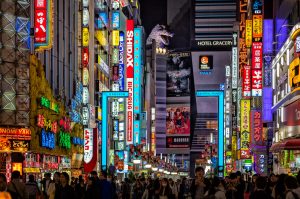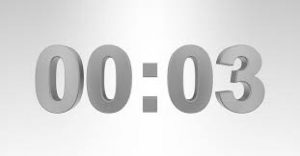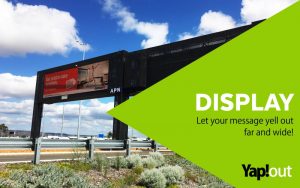
20 Mar OUTDOOR DIGITAL BILLBOARDS – KEY GUIDELINES FOR SUCCESS
There’s definitely a talent to creating effective content for outdoor advertising display billboards. LED digital outdoor billboards are becoming increasingly popular on our transport networks and in high footfall environments such as stadiums, exhibitions, museums and around our inner cities. Just take Shinjuko in Toyko’s largest entertainment and shopping area, which is littered with digital advertising displays! 
Digital displays use an array of light-emitting diodes (LEDs) to show computer-programmed images and text, which are easily changed and updated using specific software. By using good design practices the impact of the display can either be enlightening or doomed to failure. Certainly, when you have thousands of dollars worth of cutting-edge technology as an advertising medium, you don’t want to waste its capabilities. That’s why using an experienced content provider, such as Yap!digital, is absolutely critical to bring about the effectiveness and sales lift you expect.
A lot of work is done in the scheduling of messages in what is known as day parting. In order to achieve maximum advertising flexibility and return on investment, a day-parted schedule advertises time-sensitive promotions at the time they are valid and target specific demographics at the time they will see the billboard. With a properly scheduled digital billboard the marketing possibilities are endless – the Yap!out team will ensure that your schedule maximises brand exposure.
”What’s the Key to Effective Display Design?”
We know that the content of the message is very important: it must be relevant to the customer, brief, and to the point. But in addition to good content, the display message must be produced in an attractive and entertaining manner. At Yap!create we’ll help you communicate a simple, single message!
Importantly, the artwork/content created for LED digital billboards should be approached differently than artwork created for static signage, magazine/newspaper advertisements or television commercials. The content on a digital display must be vivid and use contrast properly to be effective.
Traditional signage and advertising has one chance to convey all necessary information to customers. A digital billboard, on the other hand, can display multiple messages that appeal and inform customers of products and services. As a rule of thumb, the key is to be SIMPLE, BOLD, LEGIBLE & BRIEF.
 The 3 Second Rule – the Key to Effective Design
The 3 Second Rule – the Key to Effective Design
Graphic designers solve visual creative problems using three basic principles; 1 Composition, 2 Typography and 3 Colour. How these three basic design principles are used for creating digital display content will win the glance and entice your customers.
Though digital billboards usually show an ad for approximately 7 to 10 seconds, this may be longer depending on the regulations of the environment.
Roughly speaking, those that are most effective should be “devoured” in 3 seconds. So designers should build the message based on the 3 second rule! Narrow the focus and decide what your message will be. Make it concise. Our Yap!digital team will find out what your key message is about – it will probably be one of the following:
-A person –A service
-A product –A local brand
-A national brand –A call to action
-A price –A special promotion
-A Web site -A location
-An event –A specific time: Morning, Noon or Evening
Then we’ll apply the motto: SIMPLE, BOLD, LEGIBLE & BRIEF!
Backgrounds can Make or Break Your Offer
Avoid white backgrounds! With LED technology, the use of emitted light, white or very light colours may repel the eye—not the desired response in advertising. A grave concern in most regulatory environments is offensive use of light or white content – it is not recommended. Taking advantage of the colour capabilities is thoughtful and in general more pleasing to the eye. If white or pastels must be used, the content should only be scheduled for daytime viewing.
For digital billboards, black is the absence of colour. Black is created with the use of less light. White is the blending of all colours and the use of more light in digital billboards.
Examples of Dynamic Content
Dynamic content is defined as the ability to automatically update data within a creative template utilizing a RSS feed. This makes content up to the moment – current and relevant.
Interact with audiences by displaying interactive content, such as time and temperature, the artist and song on a featured radio station, hospital ER waiting times, and live feeds.
Speak Up! Talk to one of our Yap!out representatives today about dynamic content options. Contact +61 8 9274 5151 or email: tim@signsandlines.com.



Sorry, the comment form is closed at this time.